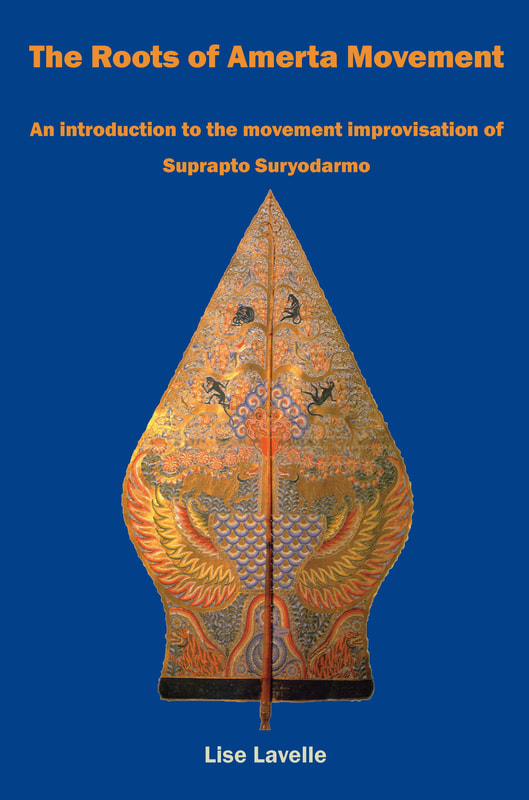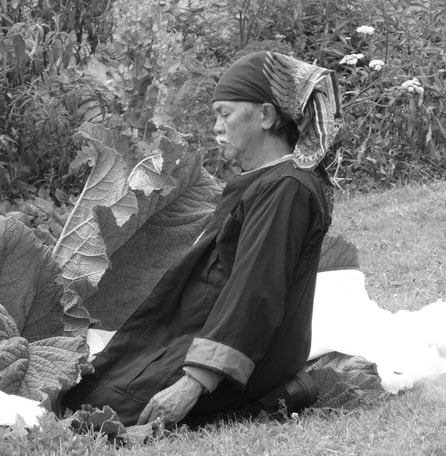|
Published: July 2021
List Price: £22 Format: ~ Paperback - 238 pages Size: 234 x 156 mm ISBN: 978-1-911193-53-1 Tags: movement, dance, somatics, embodiment, choreography, performance, Joged Amerta, Suprapto Suryodarmo, Amerta Movement, Borobudur, kejawen, Java, Prapto, Parangtritis, Lemah Putih Buy the Paperback (£22 here)
See postage/courier costs and options Buy the pdf (£15)Click the 'Buy' button below. At checkout, click No postage on ebooks from the dropdown.
After paying, we will send an immediate confirmation and email your ebook file within 24 hours. pdf ISBN: 978-1-911193-54-8
version: bookmarked pdf (pdf text cannot be edited, printed or copied - email us if you need this capability.) Related titles:Ways of Being a Body - a series of books by/edited by movement artist and teacher Sandra Reeve:
Other movement titles
See our other titles in: Movement & Somatics Mythogeography & Walking People in Society |
The Roots of Amerta Movement
|


